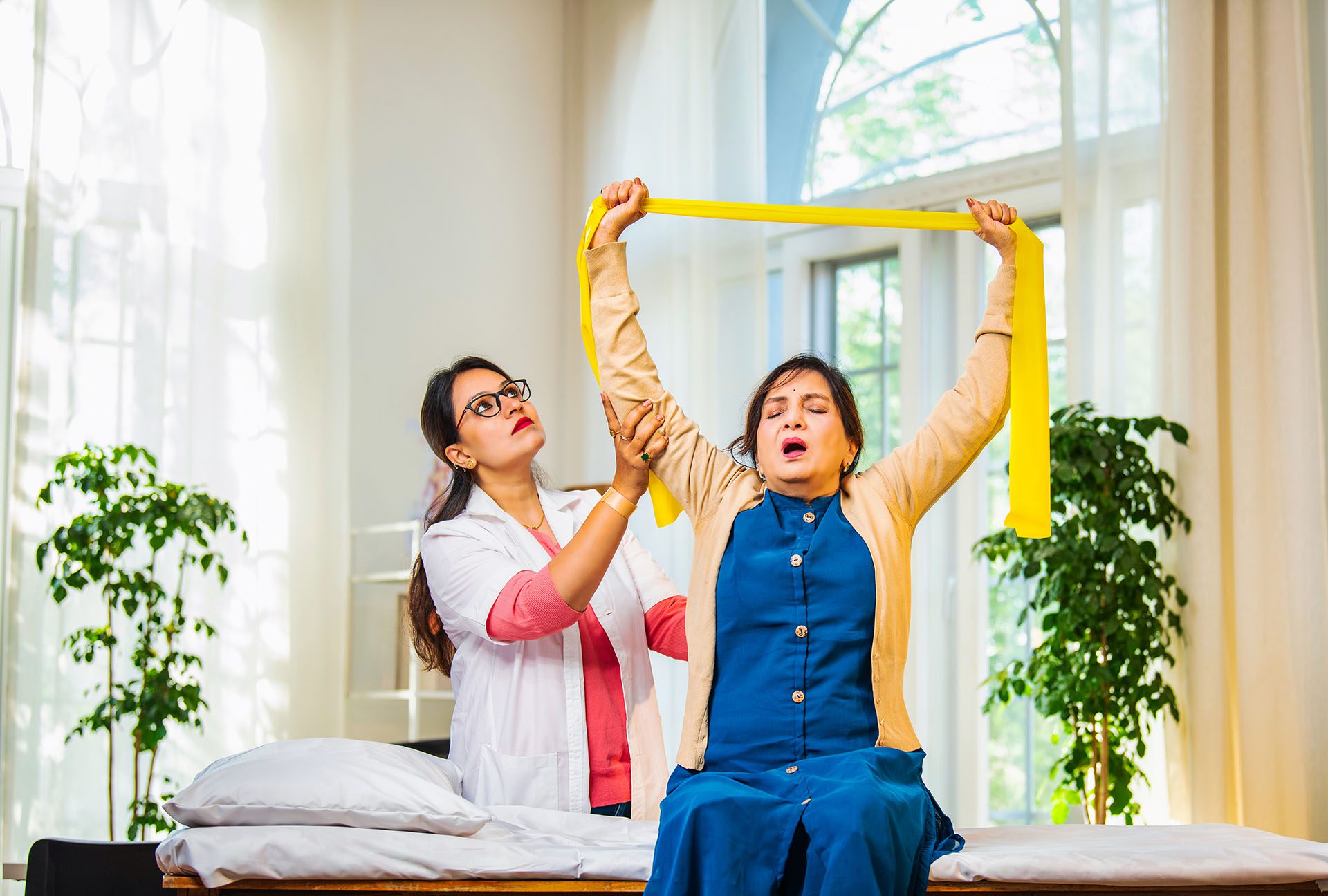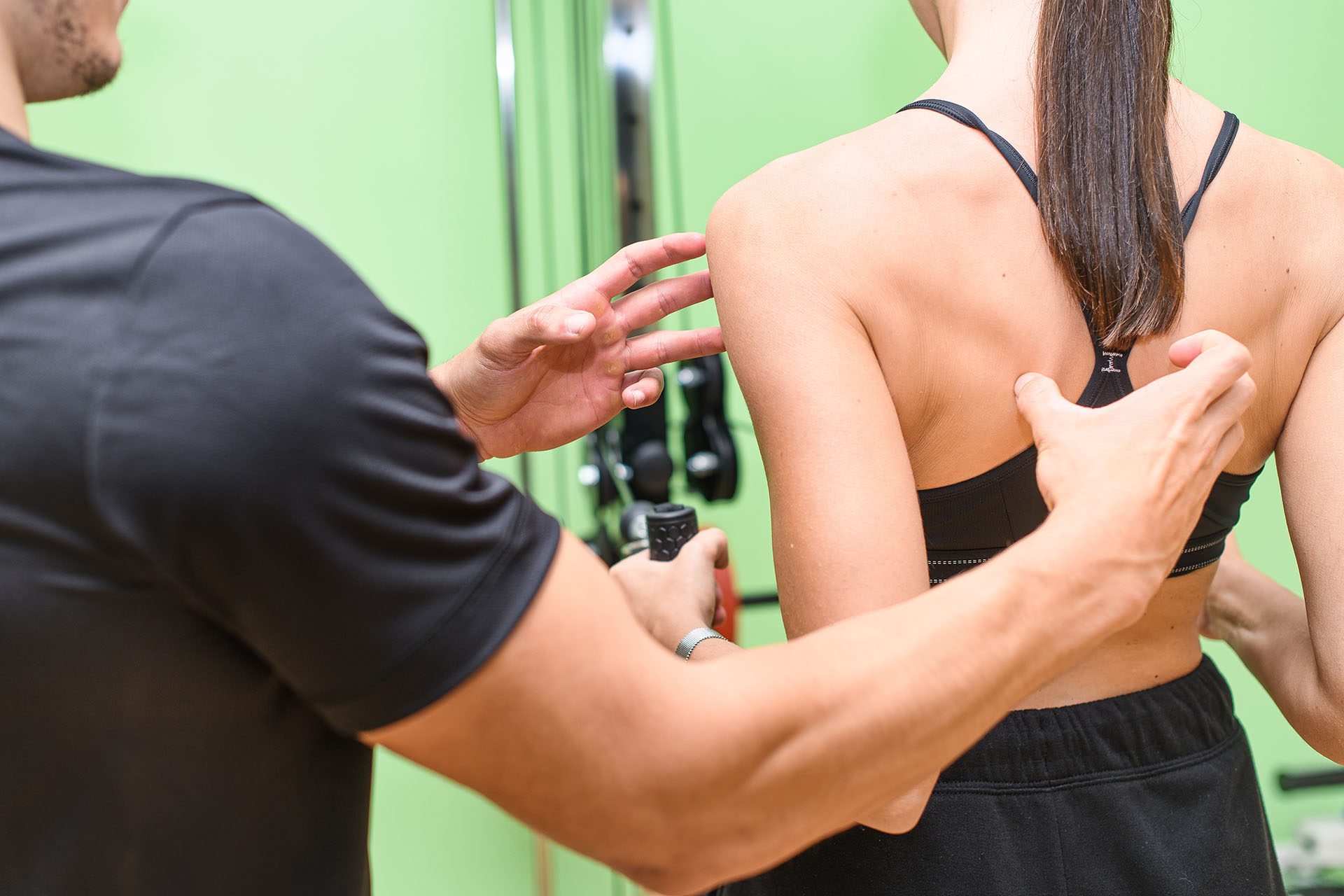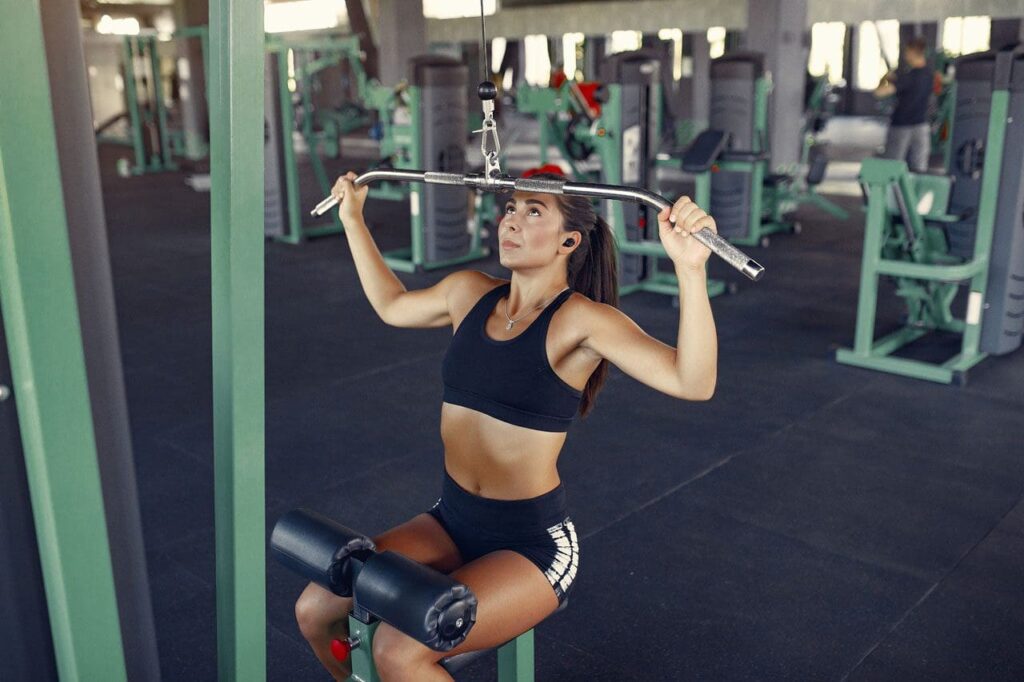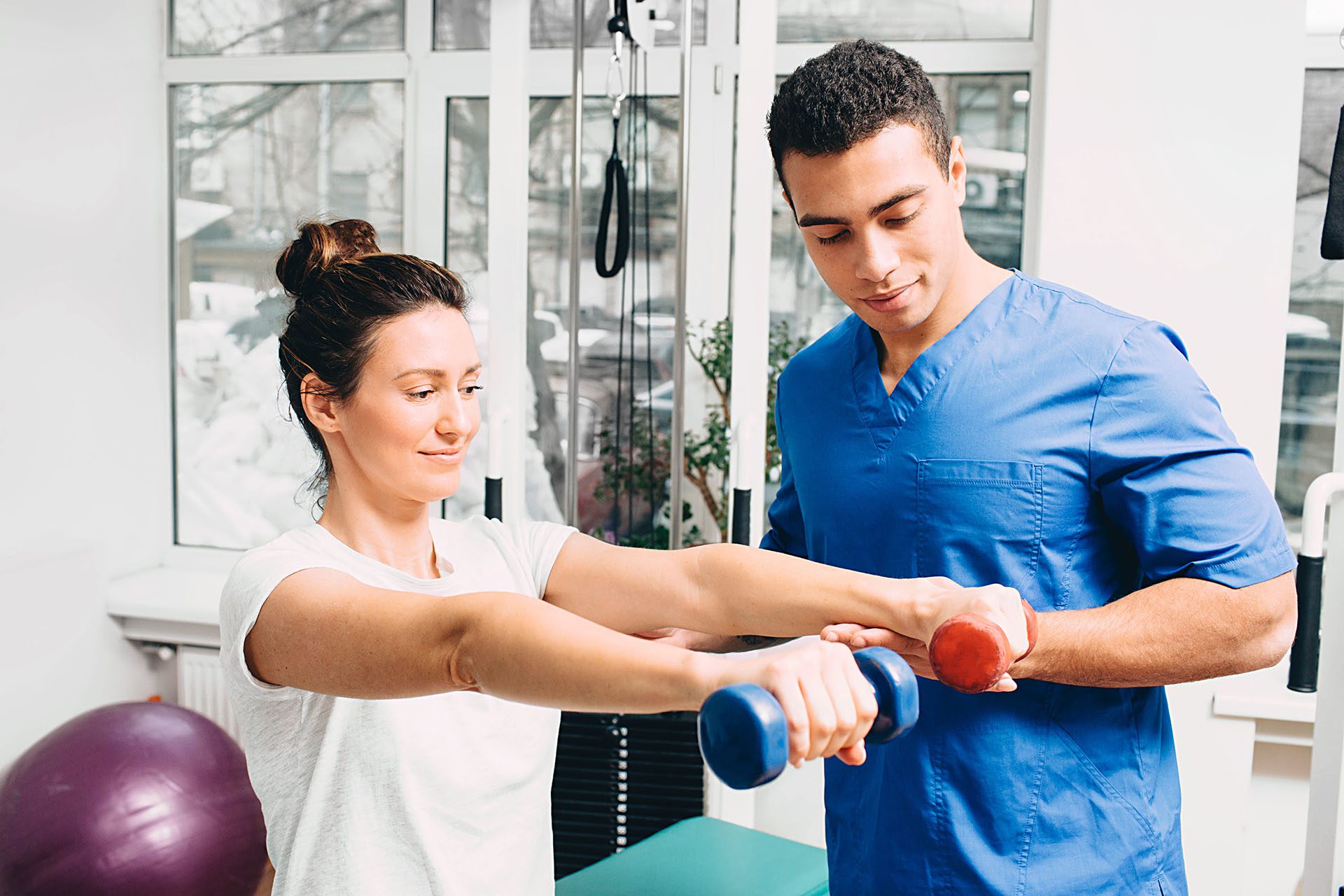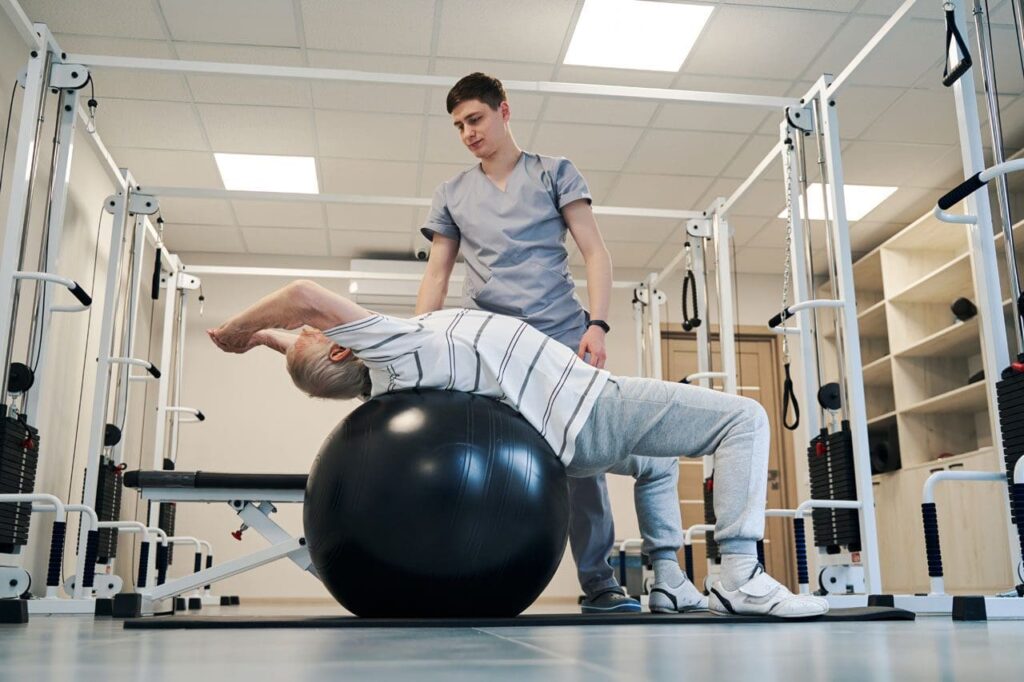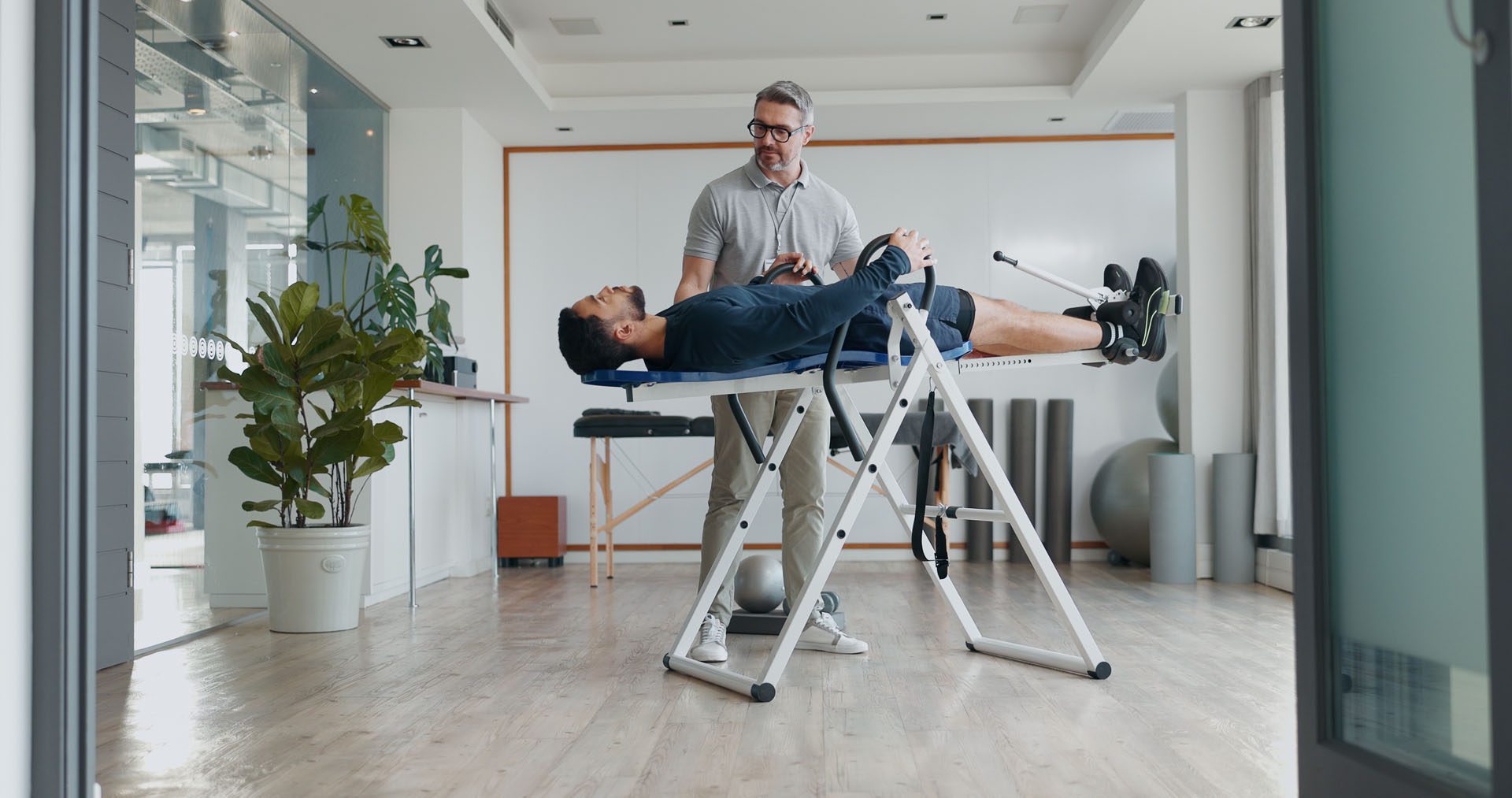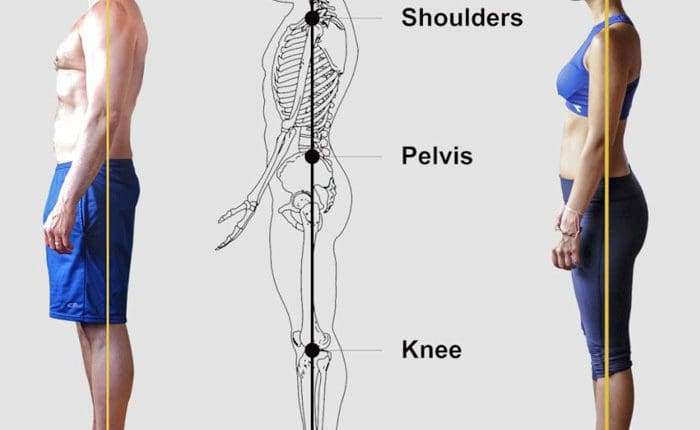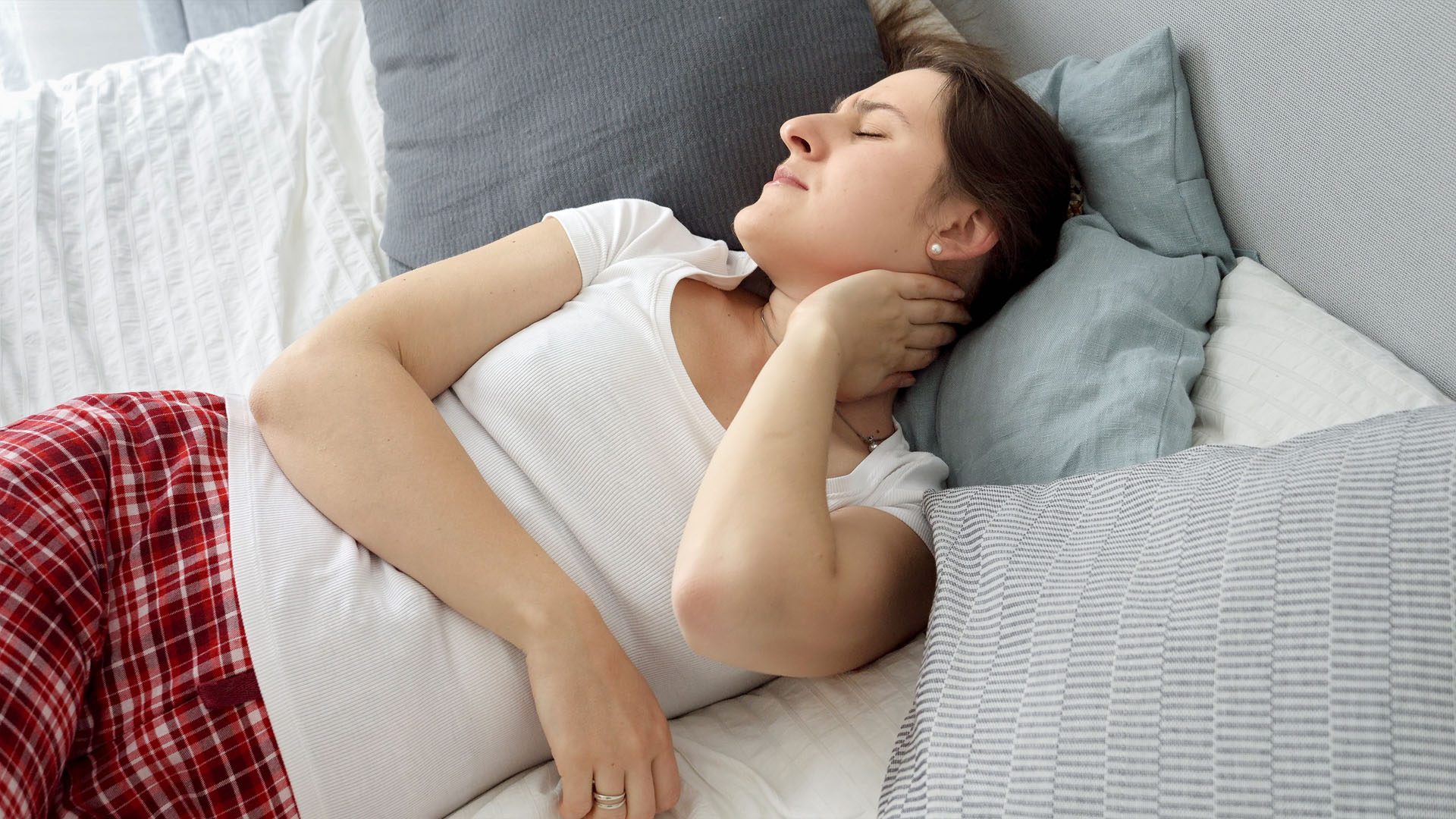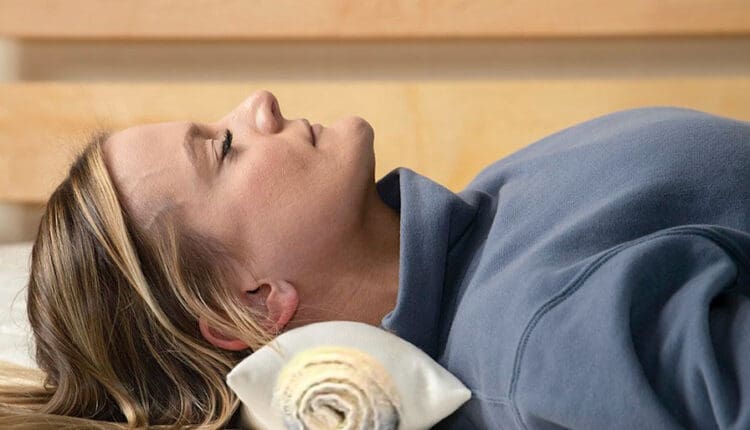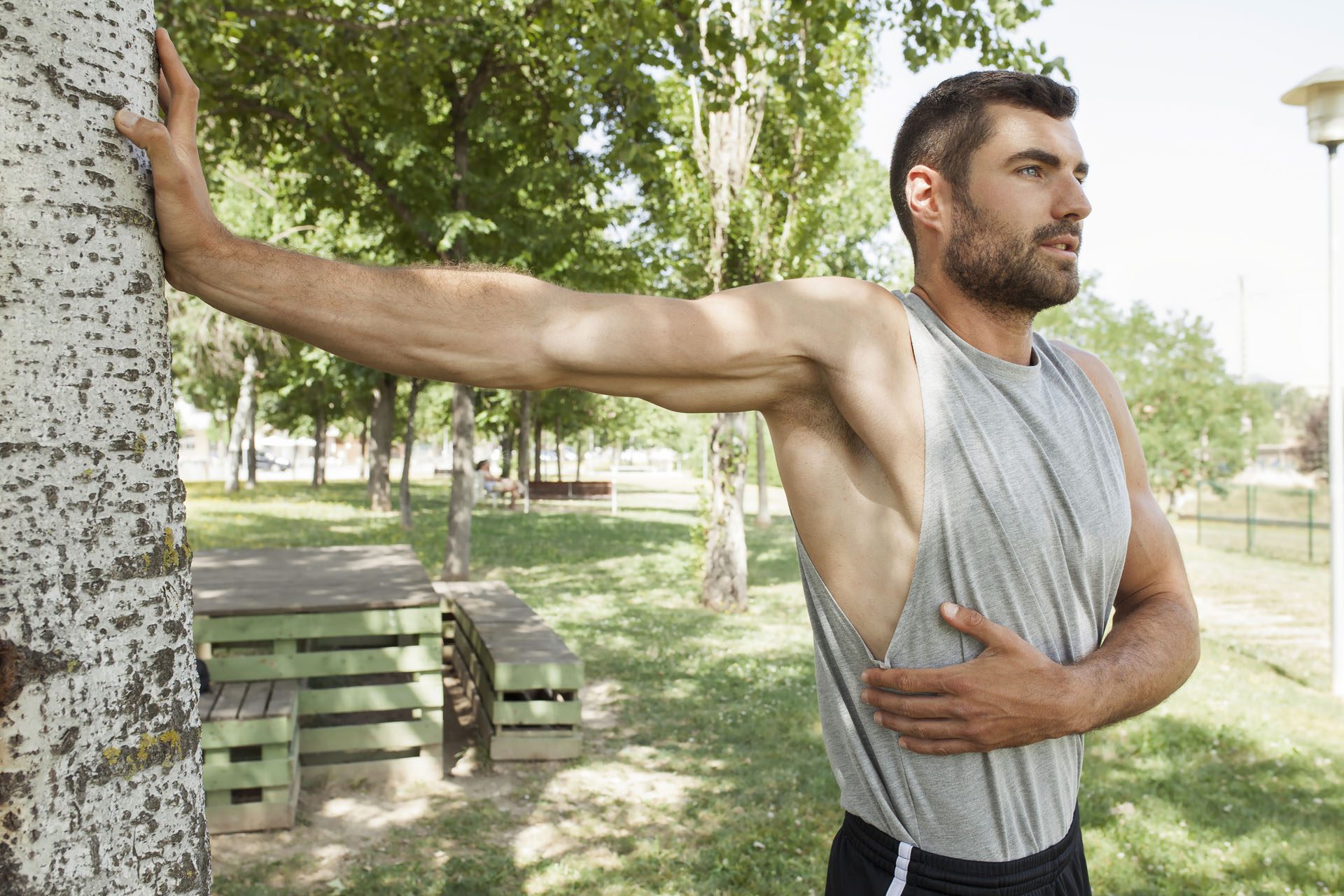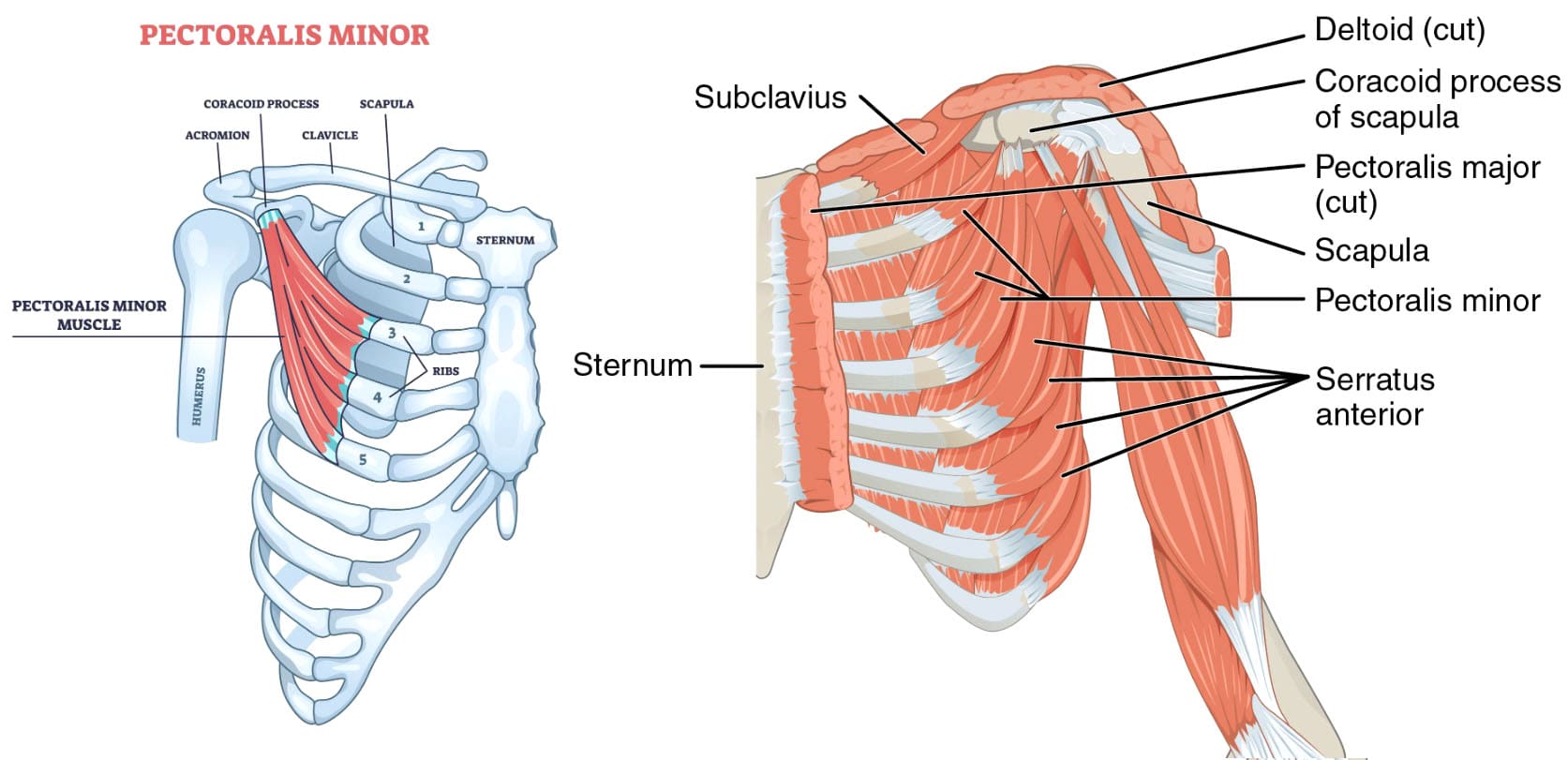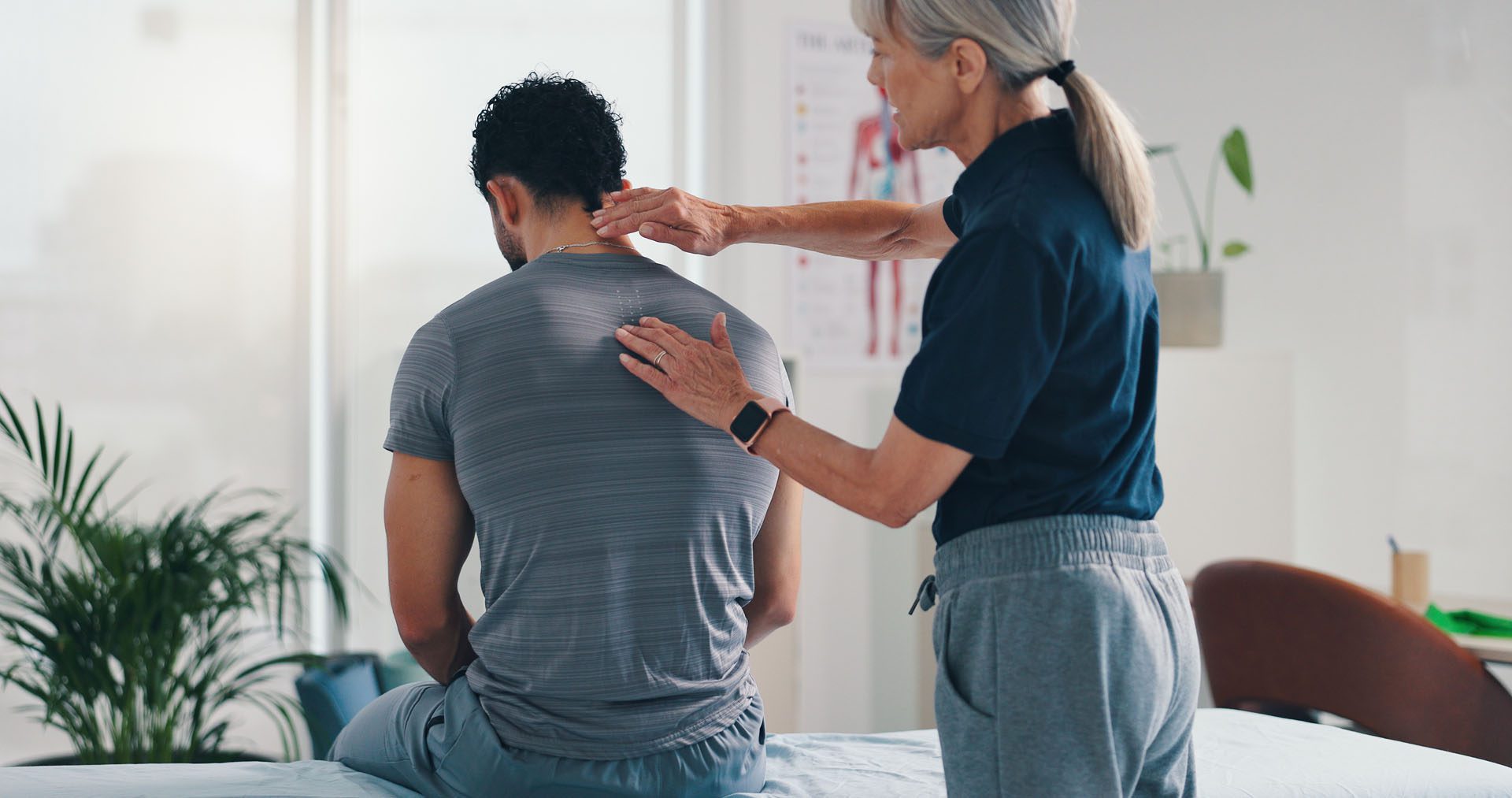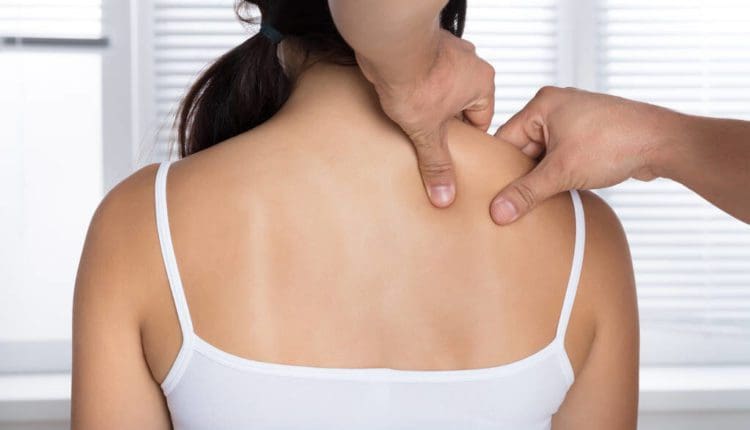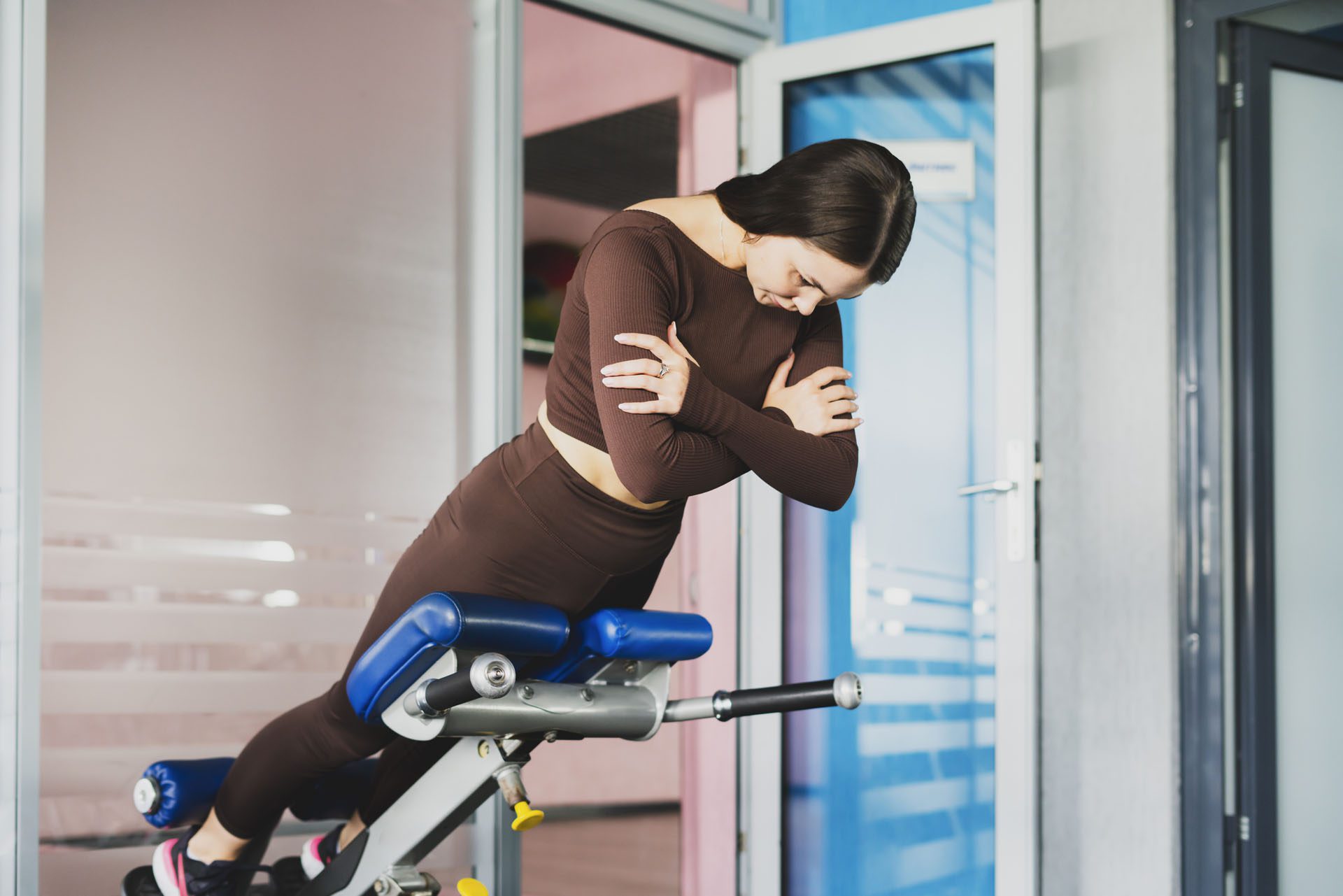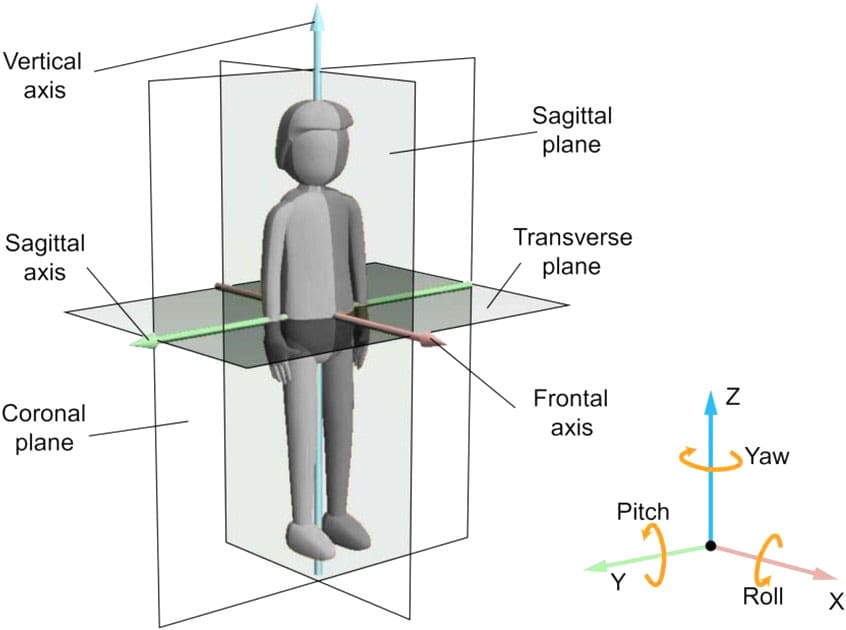Mobility Nutrition and Chiropractic Integrative Care
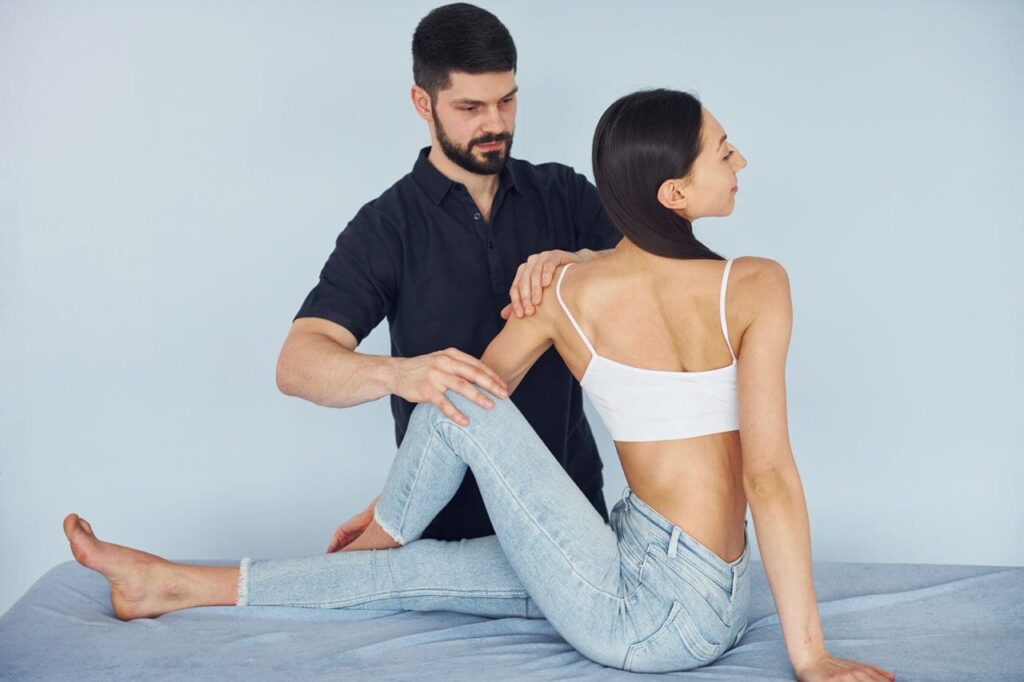
Healthy Mobility Nutrition and Chiropractic Care: The ChiroMed Guide
Mobility depends on four pillars: well-aligned joints, flexible soft tissues, strong muscles, and a responsive nervous system. Healthy foods provide the raw materials for repair (protein, vitamins, and minerals) and help tame inflammation. Chiropractic integrative care restores joint motion and posture, improves nerve signaling, and supports rehab so your body uses those nutrients where they matter most (Rangeline Chiropractic, n.d.; Grove Chiropractic, n.d.; New Edge Family Chiropractic, n.d.). Think of it this way: nutrition brings the building blocks; chiropractic helps set them in place.
The ChiroMed food formula for mobility (simple and repeatable)
- Omega-3s reduce inflammation
Aim for fatty fish (salmon, sardines, and trout) twice per week, and add plant sources like chia, ground flax, and walnuts to snacks or yogurt. Omega-3s are widely noted for their anti-inflammatory support, which helps stiff, sore joints move more freely (Best Grand Rapids Chiropractor, n.d.; HumanCare NY, n.d.; Orthopedic Institute of Sioux Falls, n.d.). - Leafy greens + berries protect tissues
Spinach, kale, arugula, and Swiss chard deliver vitamin K, folate, and magnesium. Berries (blueberries, strawberries, and blackberries) supply polyphenols that combat oxidative stress and support collagen integrity (Orthopedic Institute of Sioux Falls, n.d.; 417 Spine, n.d.; Ease Wellness, 2024). - Lean protein repairs muscle, tendon, and ligament
Center each meal on 20–30 g of protein from fish, poultry, eggs, Greek yogurt, cottage cheese, tofu/tempeh, or beans/lentils; add a 10–20 g protein snack around therapy or training (Better Day Chiropractic, n.d.; Dallas Accident & Injury Rehab, n.d.-b).
Micronutrients that keep you moving
- Magnesium (greens, nuts, seeds, legumes, and whole grains) supports muscle relaxation, enzymatic recovery, and cartilage health (Foot & Ankle Experts, n.d.; Ease Wellness, 2024).
- Potassium + magnesium together support nerve signaling and contraction/relaxation cycles during activity, reducing cramps and tightness (Pellegrino et al., 2024).
- Calcium + vitamin D (dairy or fortified plant milks, canned salmon with bones, eggs, safe sun) strengthen bone and aid neuromuscular control—key for posture and load tolerance (Peak Performance Portland, n.d.; Ease Wellness, 2024).
- Vitamin C (citrus, berries, kiwi, peppers, and crucifers) supports collagen synthesis for tendons and ligaments; pair vitamin C foods with your post-session protein (Orthopedic Institute of Sioux Falls, n.d.; Ease Wellness, 2024).
Hydration and fiber (the quiet mobility boosters)
Water lubricates joints and transports nutrients; fiber from whole grains, beans, veggies, and fruit supports steady energy and gut health, which also relates to systemic inflammation. Start with around half your body weight (in pounds) in ounces of water per day, and adjust for climate and sweat. During heavy activity or hot days, include electrolyte-rich foods (potatoes, fruit, beans, yogurt) or a light electrolyte drink (Pellegrino et al., 2024; Ease Wellness, 2024).
Build your “ChiroMed Mobility Plate”
- ¼ plate protein: salmon, eggs, chicken, Greek yogurt, tofu/tempeh, beans (Dallas Accident & Injury Rehab, n.d.-b).
- ½ plate produce: leafy greens + colorful vegetables or berries (Orthopedic Institute of Sioux Falls, n.d.; 417 Spine, n.d.).
- ¼ plate of whole carbs: oats, quinoa, brown rice, and potatoes (Ease Wellness, 2024).
- Add healthy fats: olive oil, avocado, nuts, and seeds—especially walnuts (Best Grand Rapids Chiropractor, n.d.; HumanCare NY, n.d.).
- Drink: water or fortified plant milk for calcium and vitamin D (Peak Performance Portland, n.d.).
Snack ideas: Greek yogurt + berries; apple + almonds; cottage cheese + pineapple; whole-grain toast with peanut butter + chia; walnuts + orange (HumanCare NY, n.d.; Ease Wellness, 2024).
Why chiropractic care multiplies your nutrition gains
Adjustments improve nerve supply and joint mechanics
Restricted joints irritate nearby nerves and trigger protective muscle guarding. Specific, gentle adjustments restore motion, calm irritation, and improve coordination, making movement feel smoother (New Edge Family Chiropractic, n.d.). With better joint glide and nerve signaling, nutrients get used more effectively by the tissues you’re trying to heal (Rangeline Chiropractic, n.d.; Grove Chiropractic, n.d.).
Posture and movement patterns
Alignment shapes how forces travel through the spine, hips, knees, and ankles. Chiropractic care addresses segmental restrictions; rehab retrains patterns. Nutrition reduces background inflammation, letting you tolerate mobility/stability work and daily demands (Dallas Accident & Injury Rehab, n.d.-a; Dallas Accident & Injury Rehab, n.d.-b).
Soft-tissue care and progressive loading
Manual therapy opens restricted areas, while graded strength (core, glutes, and scapular stabilizers) “locks in” gains. Protein timing and vitamin C support collagen remodeling in tendons and ligaments (Better Day Chiropractic, n.d.; 417 Spine, n.d.; Orthopedic Institute of Sioux Falls, n.d.).
7-day clinic-friendly menu (easy swaps)
Day 1
Yogurt with blueberries and ground flax; salmon-kale salad with chickpeas; grilled chicken, quinoa, and roasted broccoli; and a walnut-berry snack (Best Grand Rapids Chiropractor, n.d.; 417 Spine, n.d.).
Day 2
Oatmeal + chia + banana; turkey-avocado spinach wrap; tofu stir-fry with brown rice; cottage cheese + pineapple (Better Day Chiropractic, n.d.; Ease Wellness, 2024).
Day 3
Spinach-berry protein smoothie; lentil soup + arugula-pepper-pumpkin seed salad; baked trout + sweet potato + green beans; apple + almonds (HumanCare NY, n.d.; Peak Performance Portland, n.d.).
Day 4
Eggs and sautéed greens and whole-grain toast; quinoa-black bean bowl; turkey meatballs with zucchini noodles; yogurt and chia (Dallas Accident & Injury Rehab, n.d.-b; Pellegrino et al., 2024).
Day 5
Protein pancakes + strawberries; tuna salad on greens with olive oil; baked tofu, wild rice, and roasted carrots; and walnuts and oranges (Orthopedic Institute of Sioux Falls, n.d.; Best Grand Rapids Chiropractor, n.d.).
Day 6
Cottage cheese + kiwi + pumpkin seeds; chicken burrito bowl; sardines on whole-grain crackers + tomato salad; blueberries + a square of dark chocolate (HumanCare NY, n.d.; 417 Spine, n.d.).
Day 7
Overnight oats with flax and raspberries, a veggie omelet with side spinach, grilled shrimp with quinoa tabbouleh and cucumber-mint salad, and Greek yogurt with honey (Ease Wellness, 2024; Orthopedic Institute of Sioux Falls, n.d.).
A quick, daily movement routine (5–7 minutes)
- Cat-cow x10
- Hip-flexor stretch 30–45 s/side
- Thoracic rotation x10/side
- Ankle rocks x15
(Sport & Spinal Physio, n.d.)
Strength basics (3×/week): glute bridge 3×12; split squat 3×8/side; row or band pull-aparts 3×12; dead bug 3×8/side (417 Spine, n.d.; Ease Wellness, 2024).
Fuel the work: pre-session yogurt + berries or banana + nuts; post-session 20–30 g protein + vitamin-C fruit (Better Day Chiropractic, n.d.; Orthopedic Institute of Sioux Falls, n.d.).
Common mobility cases and how this plan adapts
- Tendon pain (elbow, patellar, Achilles): heavy-slow resistance under guidance; daily protein; vitamin-C fruit; steady omega-3s for 6–12 weeks (Better Day Chiropractic, n.d.; 417 Spine, n.d.).
- Desk-related low back/neck: thoracic extension mobility, hip-flexor stretching, core endurance, magnesium and potassium foods, hydration, and posture breaks (Dallas Accident & Injury Rehab, n.d.-a; Pellegrino et al., 2024).
- Post-sprain or post-collision stiffness: staged ROM, sleep support, anti-inflammatory foods; document function and progress to guide care (Dallas Accident & Injury Rehab, n.d.-b; Ease Wellness, 2024).
Fast checklist
- Eat: omega-3 fish/walnuts, leafy greens, berries, and lean proteins.
- Fortify: magnesium, potassium, calcium, vitamin D, and vitamin C.
- Hydrate: water + electrolytes with heat/sweat.
- Align + retrain: adjustments, mobility, and progressive strength.
- Time protein: 20–30 g per meal; add post-session protein + vitamin-C fruit.
References
417 Spine. (n.d.). Power superfoods to enhance chiropractic treatments.
Alter Chiropractic. (n.d.). Improve joint flexibility and movement naturally.
Better Day Chiropractic. (n.d.). The role of nutrition in supporting chiropractic care.
Best Grand Rapids Chiropractor. (n.d.). Empowering nutritional advice to support chiropractic treatment for optimal health.
Dallas Accident & Injury Rehab. (n.d.-a). The role of nutrition in posture improvement and chiropractic care.
Dallas Accident & Injury Rehab. (n.d.-b). Combining nutritional counseling and chiropractic care.
Ease Wellness. (2024, April 23). Nutrition for joint health: Nourishing your joints for optimal mobility.
Foot & Ankle Experts. (n.d.). Good food for happy feet.
Grove Chiropractic. (n.d.). Integrating chiropractic care with nutrition for optimal wellness.
HumanCare NY. (n.d.). Foods that aid senior mobility.
New Edge Family Chiropractic. (n.d.). Chiropractic adjustments for optimal nerve supply.
Orthopedic Institute of Sioux Falls. (n.d.). 8 joint-friendly foods to strengthen your mobility.
Peak Performance Portland. (n.d.). Improve joint flexibility and movement naturally.
Pellegrino, D., Pomara, C., Villanacci, R., Izzo, V., Speranza, L., Arrizza, C., & Di Maio, A. (2024). Micronutrients and muscle function: The role of potassium and magnesium during physical activity. Nutrients, 16(12), 2005.
Rangeline Chiropractic. (n.d.). Integrating chiropractic care with nutrition for optimal wellness.
Sport & Spinal Physio. (n.d.). 3 surprisingly easy steps to improve your flexibility.

